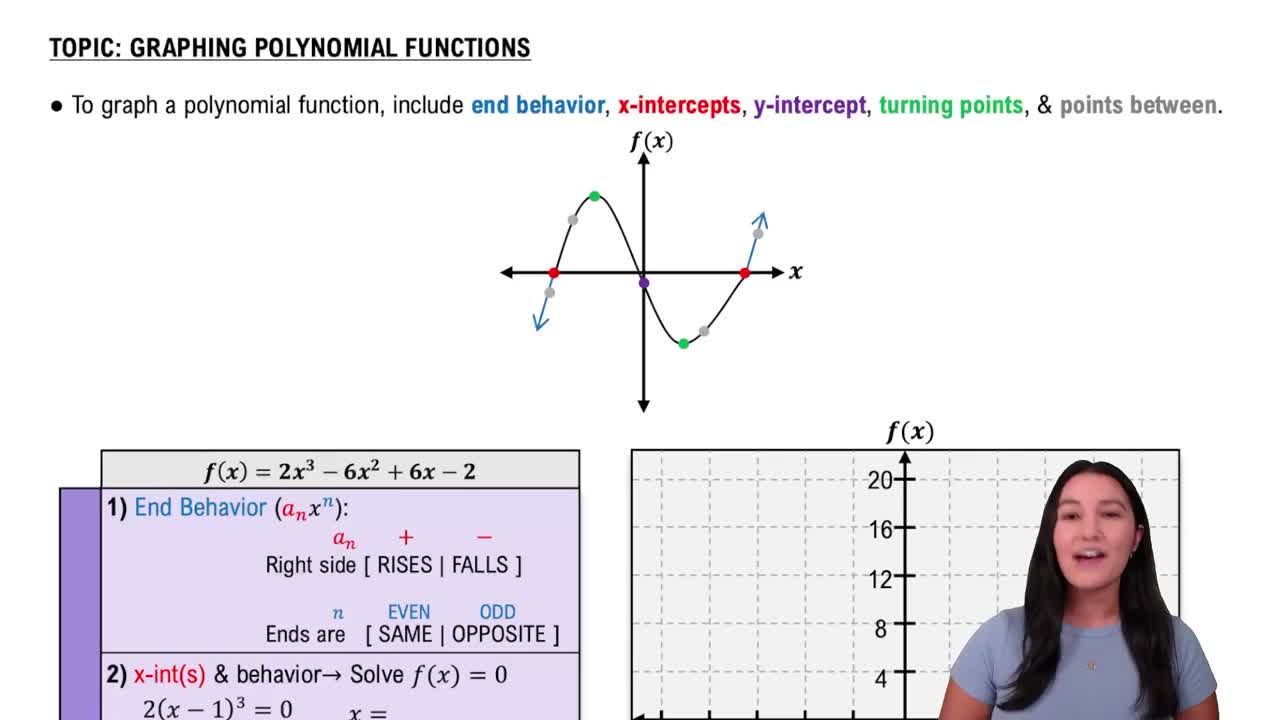Here are the essential concepts you must grasp in order to answer the question correctly.
Absolute Value Function
The absolute value function, denoted as |x|, represents the distance of x from zero on the number line, always yielding a non-negative result. In the context of the inequality |4 - x| ≥ 5, it indicates that the expression 4 - x can be either greater than or equal to 5 or less than or equal to -5, leading to two separate cases to solve.
Recommended video:
Inequalities
Inequalities express a relationship where one side is not necessarily equal to the other, using symbols like ≥, ≤, >, or <. In this case, the inequality |4 - x| ≥ 5 requires finding the values of x that satisfy this condition, which involves determining the intervals where the absolute value expression meets or exceeds 5.
Recommended video:
Graphing Absolute Value Functions
Graphing absolute value functions involves plotting the V-shaped graph that reflects the behavior of the function. The vertex of the graph represents the minimum value, and the arms extend infinitely in both directions. Understanding the graph of y = |4 - x| helps visualize the solutions to the inequality by identifying the x-values where the graph is above or equal to the horizontal line y = 5.
Recommended video:
Graphing Polynomial Functions

 Verified step by step guidance
Verified step by step guidance Verified video answer for a similar problem:
Verified video answer for a similar problem:

